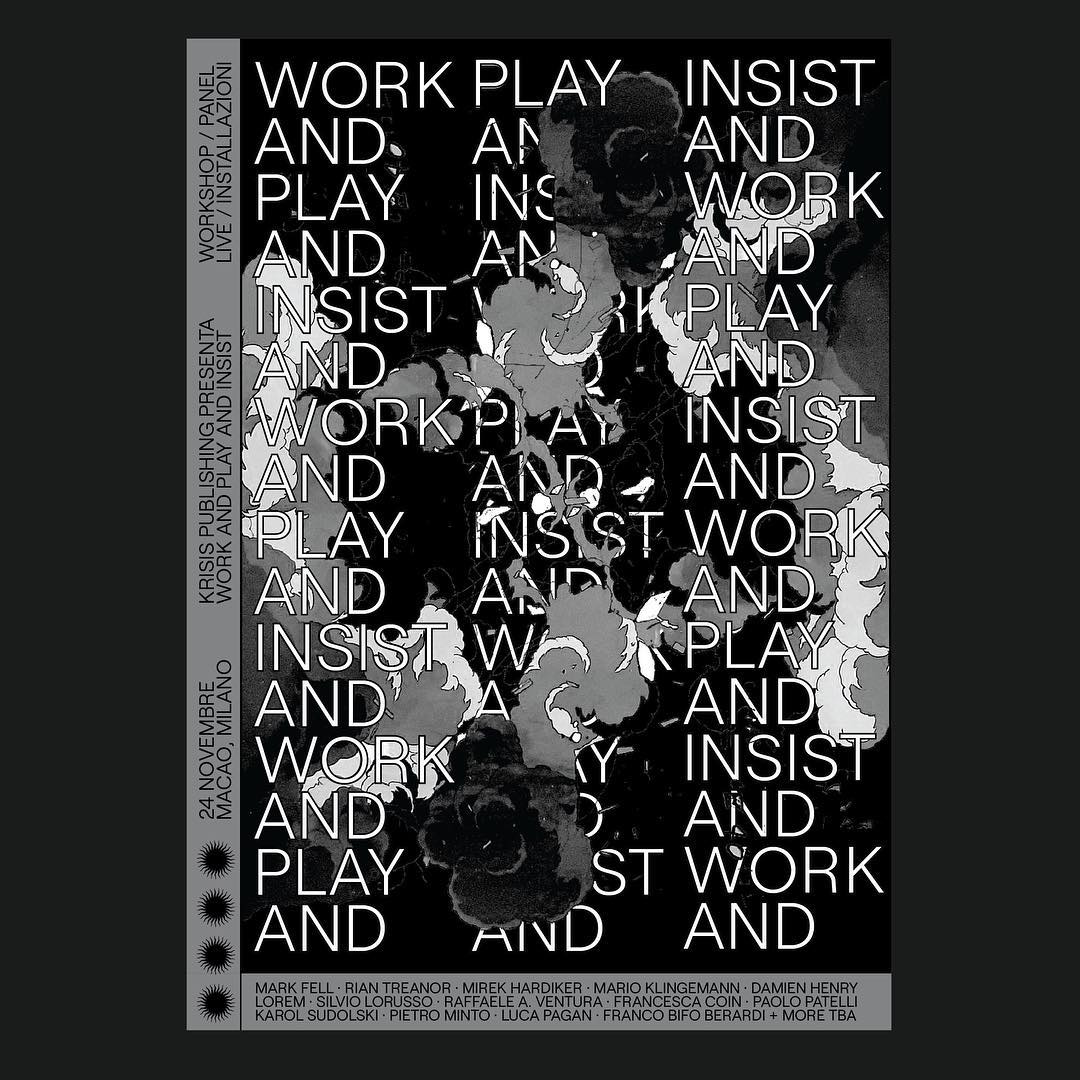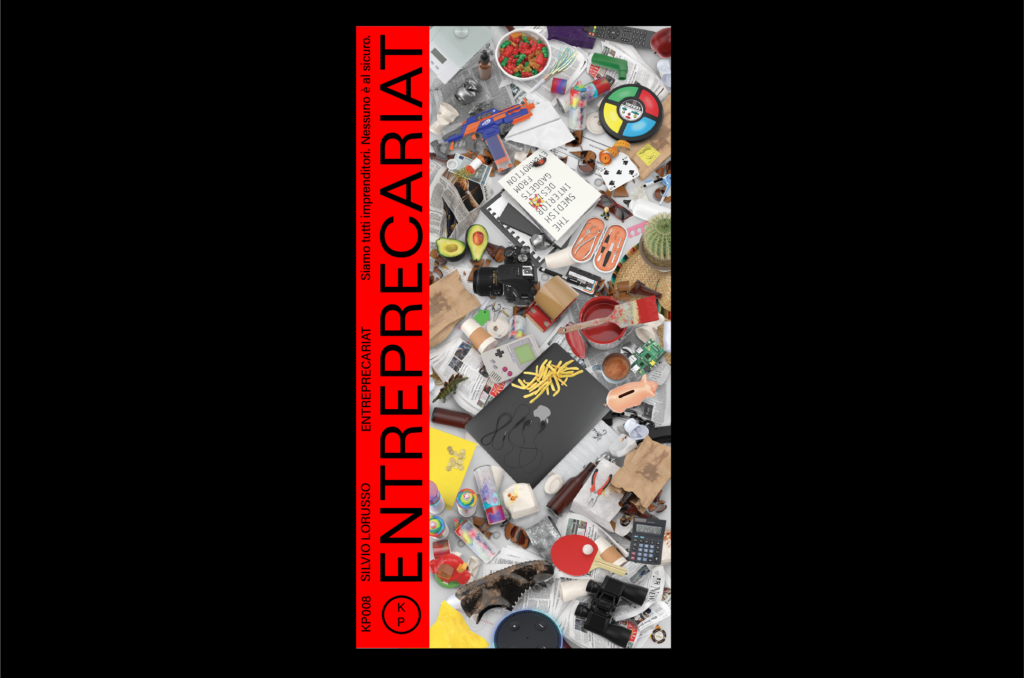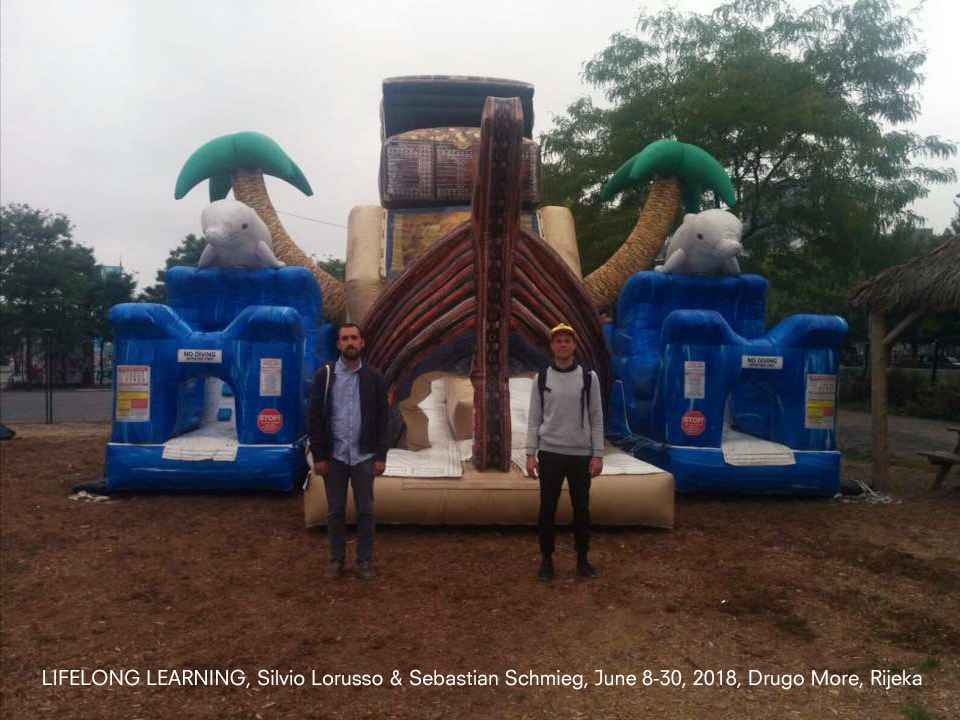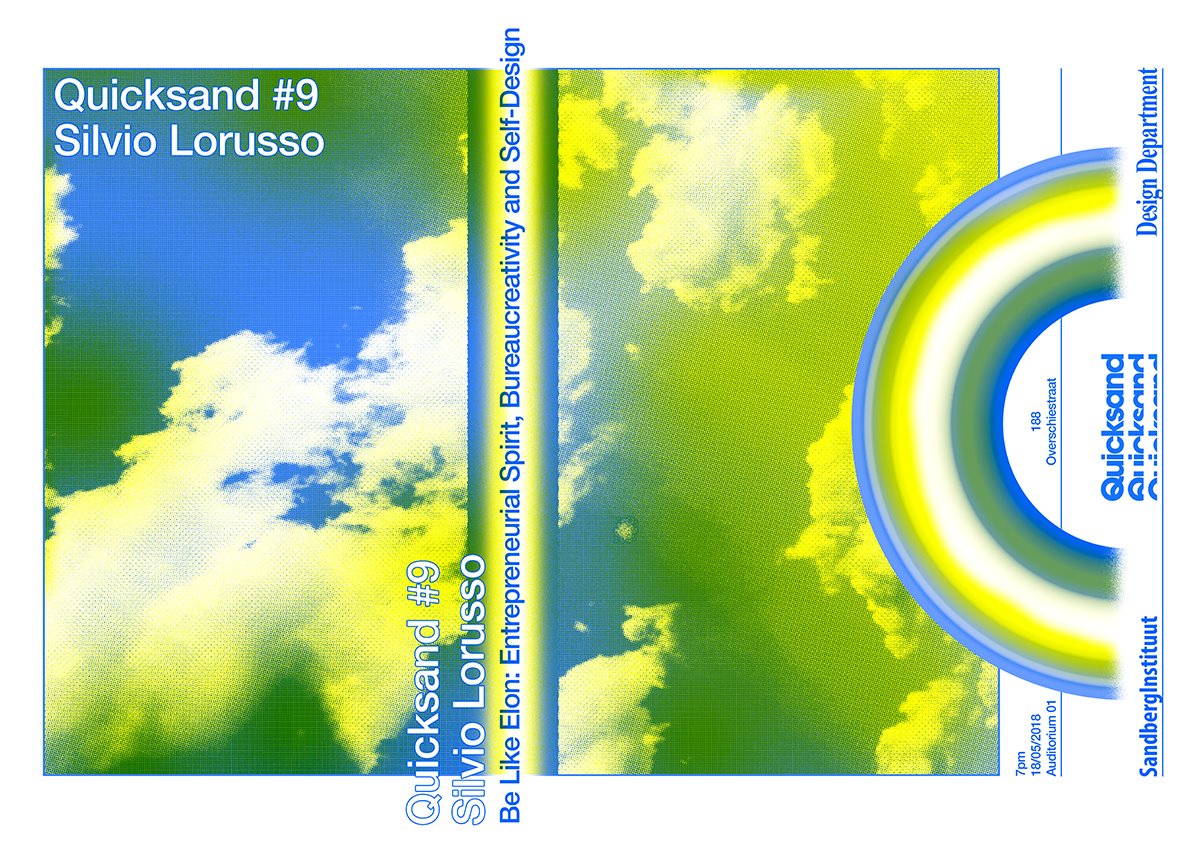The writing of this essay, which was originally published on Modes of Criticism 3 under the title “LinkedIn Society”, was concluded just before a quite drastic redesign of LinkedIn’s interface. In its conclusions I somehow predicted the elimination of the anomalous functionalities that made LinkedIn peculiar in comparison to the standards of other generalist social media platforms like Facebook. As I argued, these now obsolete functionalities illustrate a utilitarian transparency more genuinely adherent to the ideology and the aims driving the design of the platform than the full “rhetorical turn toward conviviality” (Davies 2016) that characterize other dominant social media and guided the current redesign of LinkedIn. Instead of updating the essay according to the new design, I decided to preserve my original analysis in order to provide a chronicle of the recent history of social media and a proof of the difficulty to formulate a timely critique in a medial ecosystem that is in “permanent beta”, just like contemporary workers must be according to LinkedIn cofounder Reid Hoffman (2013).
“Linkedin is a Waste of Time”
In the last years, much has been written on the Facebook Like Economy, on the grassroots genealogy of the Twitter hashtag, on the formation of a narcissistic subjectivity on Instagram. During this period, LinkedIn has been almost completely ignored. In the Social Media Reader, published in 2012, it is not even mentioned once. In the Unlike Us Reader, published the year after and focused on possible alternatives, LinkedIn appears five times, but only as a fleeting example. Unlike generalist social media, LinkedIn has a specific focus, the world of professionals. IHowever, it is a platform where it’s possible to identify , both in its interface, its communication and its origins, some latent dynamicsthat presently orient social media and, therefore, society at large. This is what makes it unique and therefore valuable in the current social media landscape. In this essay, I discuss LinkedIn’s unique functionalities, rhetorics and principles.

Read the rest








